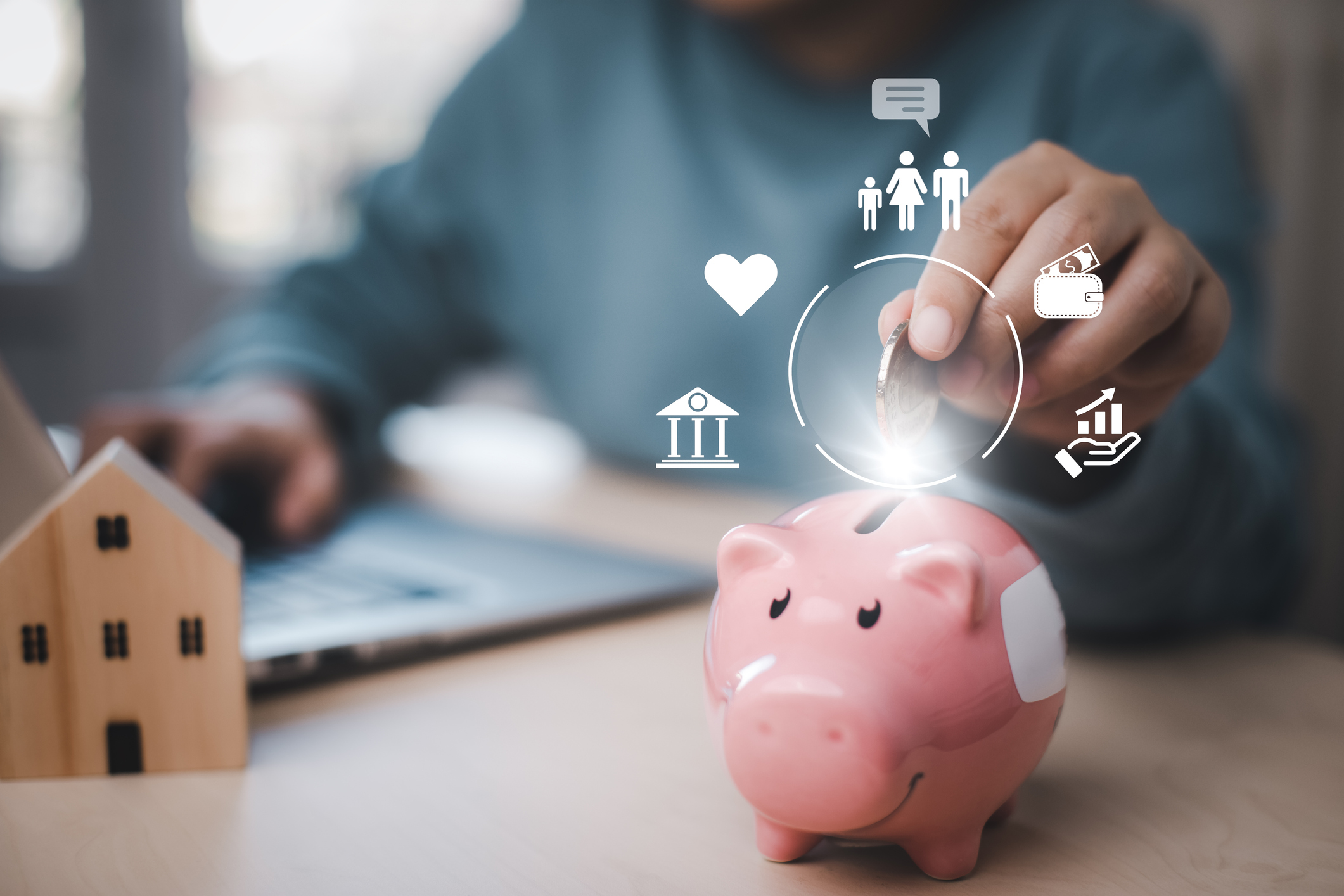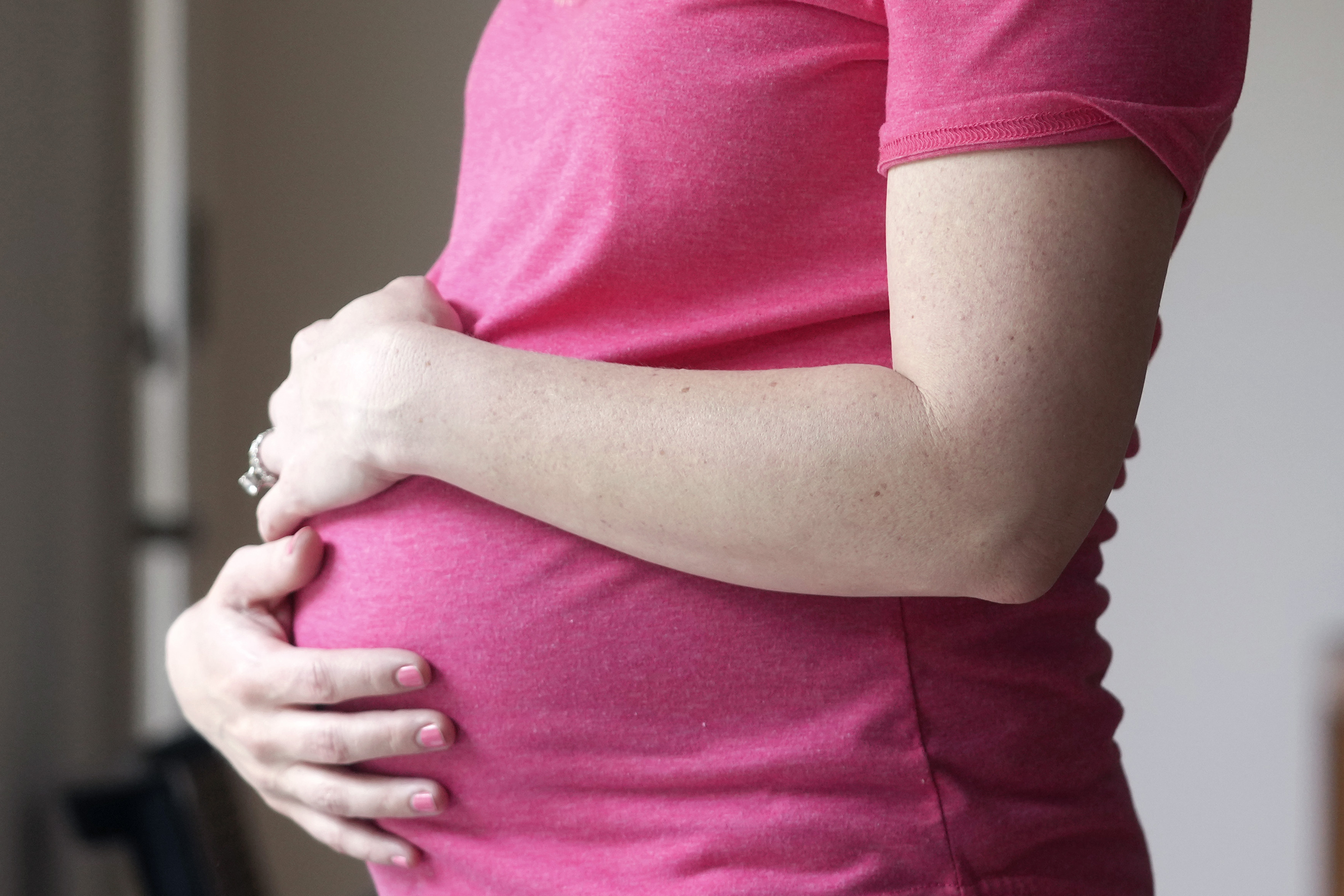WASHINGTON - With Election Day exactly five weeks away, the latest NBC News/Wall Street Journal poll shows that the battle for control of Congress has tightened, as key Democratic-leaning demographic groups are expressing more enthusiasm about the upcoming midterms.
Among likely voters, Republicans now hold a three-point lead in the generic-ballot test for control of Congress, down from their nine-point lead last month.
Despite what the NBC/WSJ pollsters say is natural tightening, however, the overall dynamics heading into the election remain the same: Nearly six in 10 think the country is headed in the wrong direction; just a third believe the economy will improve in the next year; President Barack Obama’s approval rating is stuck in the mid 40s; and political independents are favoring the GOP.
And those dynamics foreshadow significant losses for the party in power.
“I still think you’re looking at a very difficult year for the Democrats,” said GOP pollster Bill McInturff, who conducted the survey with Democratic pollster Peter D. Hart.
Younger voters staying on the sidelines
In the poll, registered voters are split, 44 percent to 44 percent, over the party they prefer controlling Congress.
But among likely voters — identified by their past voting history and their high level of interest in the November midterms — 46 percent prefer a Republican-controlled Congress, versus 43 percent who want a Democratic-led one.
U.S. & World
That’s a decline (though within the margin of error) from the 49-to-40 percent lead Republicans held in late August.
The NBC/WSJ pollsters attribute the tightening to increased enthusiasm for the upcoming midterms by African Americans (who saw a six-point gain in high interest) and Hispanics (who saw an 11-point gain).
But young voters, who helped fuel Obama’s presidential victory in 2008, are now sitting on the sidelines. Just 35 percent of those ages 18-34 are enthusiastic about the election in November, versus 65 percent of seniors who say that.
That disparity is a chief reason why Obama on Tuesday traveled to a rally at the University of Wisconsin, while Vice President Joe Biden visited Penn State.
“I don’t think [Democrats] can change the mood,” said Hart, the Democratic pollster. “But they can change the turnout.”
What change do voters want?
Indeed, the political mood remains virtually unchanged.
Just under 60 percent of all respondents believe the country is on the wrong track, a small decrease from last month. In addition, 65 percent think the U.S. economy will either get worse or stay the same in the next 12 months. And 73 percent disapprove of the job that Congress is doing.
The president’s job-approval rating stands at 46 percent, up one point from August.
Given this sour mood, the poll included this question: Which outcomes from the election would be acceptable? Unacceptable?
The most acceptable outcomes: that the influence of special interests would be reduced (70 percent of registered voters and 76 percent of likely voters said that would be acceptable); that new people with few ties to the political process would be elected (69 percent of registered voters, 70 percent of likely voters); and that the Tea Party influences the Republican Party to become more conservative on fiscal issues (50 percent of registered voters, 54 percent of likely voters).
The most unacceptable outcomes: that Democrat Nancy Pelosi continue as House speaker (51 percent of registered voters and 57 percent of likely voters said that was unacceptable), and that Sarah Palin become the leading spokesperson for the Republican Party (55 percent of registered voters, 53 percent of likely voters).
Measuring the Tea Party
The poll — which was taken of 1,000 adults (200 by cell phone) from Sept. 22-26, and which has an overall margin of error of plus-minus 3.1 percentage points — also measures attitudes about the Tea Party.
Twenty-seven percent of respondents said they consider themselves Tea Party supporters. They are, not surprisingly, mostly white, mostly Republican, and mostly conservative.
In addition, 42 percent say that the movement has been a good thing for the American political system, while just 18 percent say it has been a bad thing.
And 30 percent say the Tea Party has too much influence on the Republican Party, 18 percent say it has too little influence and 33 percent say it has just enough influence.
Overall, 30 percent view the Tea Party in a favorable light, while 36 percent view it unfavorably.
That’s compared with the Democratic Party’s 37-42 fav/unfav rating, and the GOP’s 31-43 score.
Bubba’s comeback
The most popular political figure in the poll? It’s none other than former President Bill Clinton, whose favorable/unfavorable rating is 55-23.
By comparison, Obama’s is 47-41; former Arkansas Republican Gov. Mike Huckabee’s is 26-25; House Minority Leader John Boehner’s is 14-17; Senate Minority Leader Mitch McConnell’s is 12-18; former Massachusetts Republican Gov. Mitt Romney’s is 21-30; former Republican House Speaker Newt Gingrich’s is 24-35; Senate Majority Leader Harry Reid’s is 15-32; former Alaska Republican Gov. Sarah Palin’s is 30-48; and current House Speaker Nancy Pelosi’s is 22-50.
One of the main reasons for Clinton’s positive score is that he no longer remains a GOP target. In the survey, 47 percent of Republicans view the ex-president negatively, compared with 78 percent of them who view Obama negatively.
Mark Murray covers politics for NBC News.



